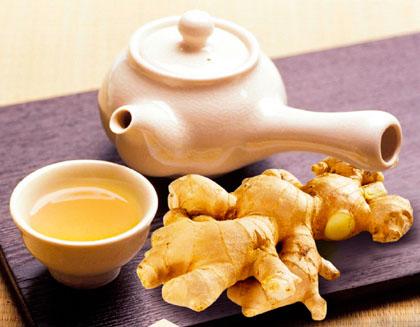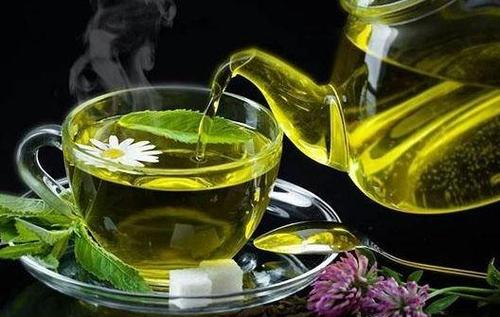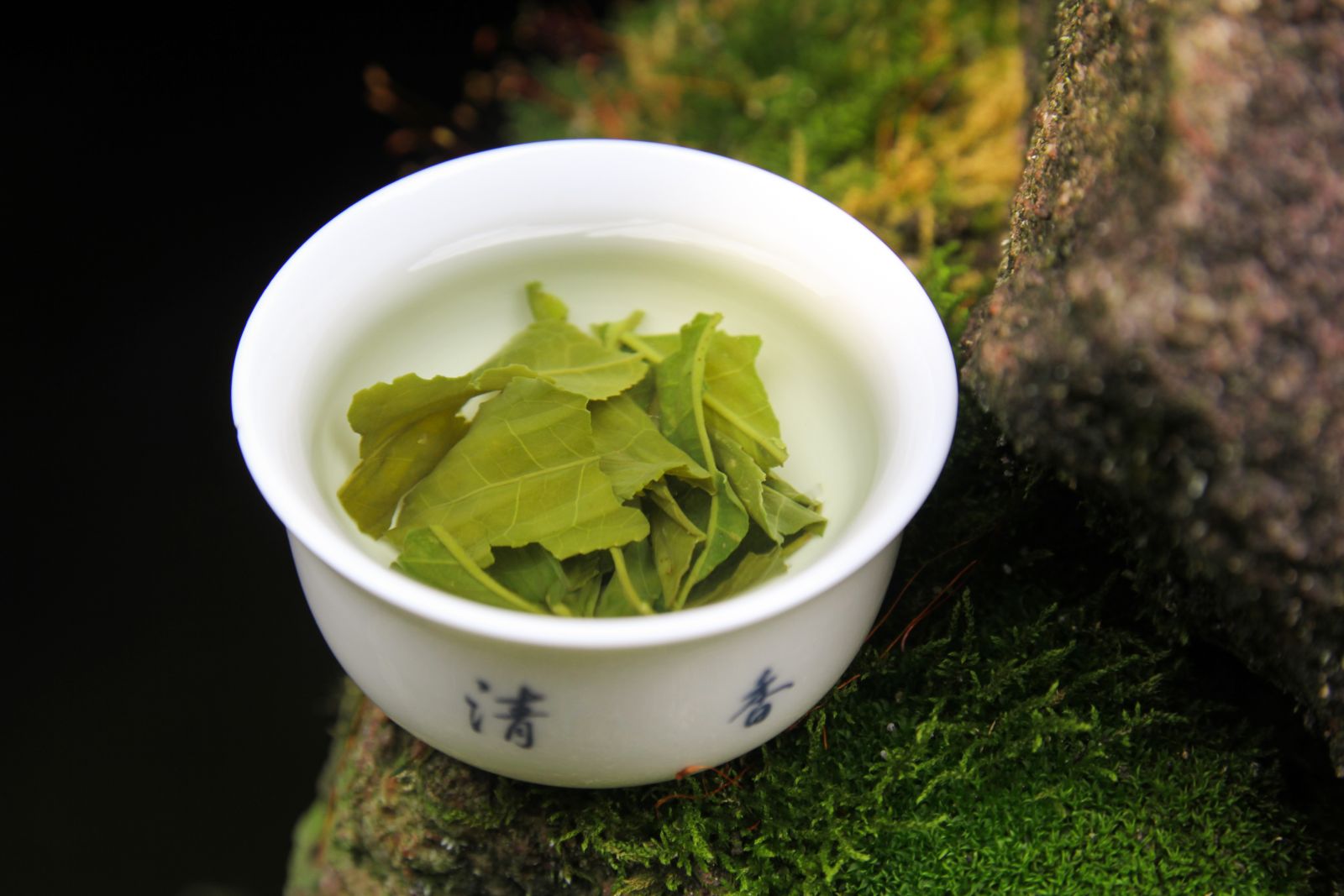Spiced tea is a reprocessed tea made by adding natural spices to tea leaves. Ginger, nutmeg, cinnamon, pepper and cloves are common spices. It is unusually effective in reducing fat and weight as well as lowering blood lipids and cholesterol.
As early as the Western Zhou Dynasty, aromatic plants were used for sacrifice ceremonies. With the development of the garden industry during the Warring States Period, Chinese people started to use green onion and garlic as spices. It is recorded that many spices were used at that time, such as wild pepper, cinnamon bark and ginger. With the opening up of the Silk Road in the Han Dynasty and the active exchanges and trade between China and foreign countries in the Tang Dynasty, edible flavorings and catering culture were introduced to China from abroad. From then on, Chinese people became more familiar with aromatic plants. According to The Classic of Tea, tea leaves were boiled with spices such as green onion, ginger, jujube, orange peel, and mint in the middle Tang Dynasty. Blended with these spices, the tea leaves were boiled to produce healing properties. Today people use spices as tea flavorings.

Ginger is used as a common ingredient in many spiced teas. Ginger can work well with black tea, green tea, pu’er tea and even oolong tea. Ginger tea possesses a warming, piquant, slightly sweet flavor. Since ancient times, ginger has been used in tea in China. It is even widely used in teas all over the world today.
Cinnamon is often blended with the black tea and sometimes with green, oolong or pu’er tea. Cinnamon tea produces a warm, sweet flavor.

Mint tea is actually an herb-tea blend. It is made from mint leaves through the processes of infusion or decoction.
Tea was blended with herbs and spices in the earliest history of tea in China. Ginger, orange peel, and even onions were widely used for making ancient spiced teas. The tea, in some areas, was also blended and boiled with salt and yak milk or yak butter.
